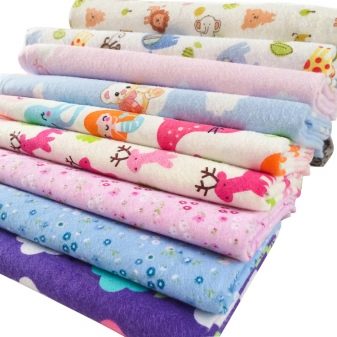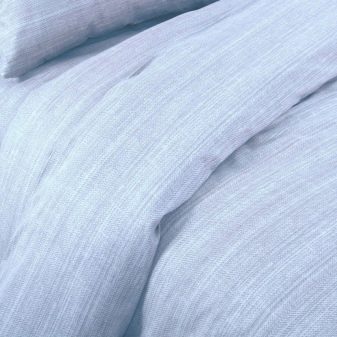Density of bedding fabric
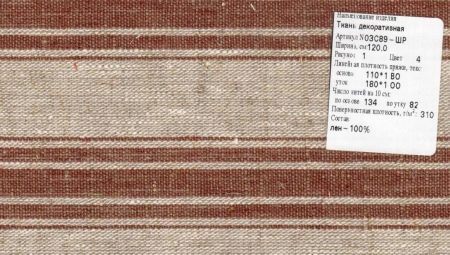
Choosing linen for bed, the buyer primarily focuses on its quality indicators, often investing exclusively in this concept. And, if a set consists of pure cotton, is affordable, fits in size, patterns, then they immediately buy it. But this is the wrong decision. After all, the composition is only half, while the rest of the actual properties of the product are determined by the density indicator and the fiber weaving method. The terms “coarse calico”, “satin”, “poplin” and so on are precisely about the types of fiber weaving, where each fabric has its own density.
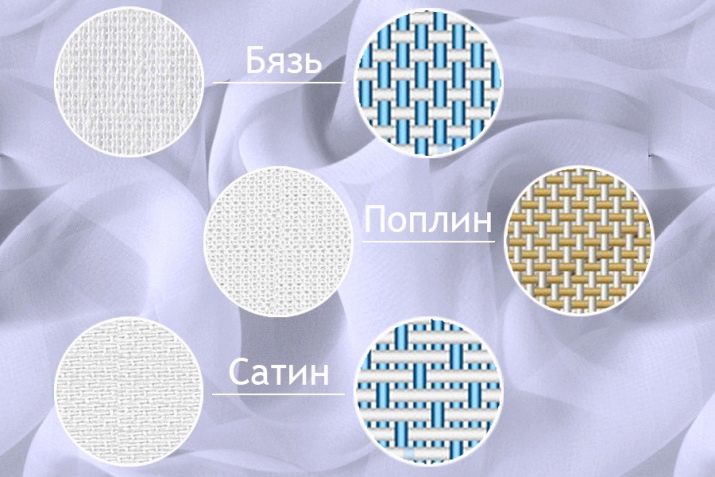
Views
Bedding sets should be comfortable, absorbent, wear-resistant and not wrinkled. These qualities are influenced by the index of the degree of tissue density, due to the methods of weaving, the number and cross-section of the threads. According to GOST 3812-72, there are two types of density: linear and surface. Density determines the strength characteristics and service life of products. The first variety is understood as the number of fibers per 1 cm2 or per inch, in another measuring standard - tc (Thread Counts). The second type means the weight of the web per unit area (in g / m2).

Linear
This density can be of several types (in threads and tc):
- low (20-30, 50-75 tc) - for cambric;
- below average (35-40, 80-100 tc) - for coarse calico;
- medium (50-56, 120-145 tc) - for flax;
- above average (65-80, 150-200 tc) - for ranforce and poplin;
- high (80-120, 200-300 tc) - for satin, percale;
- very high (130-290, 320-700 tc) - for satin, jacquard.
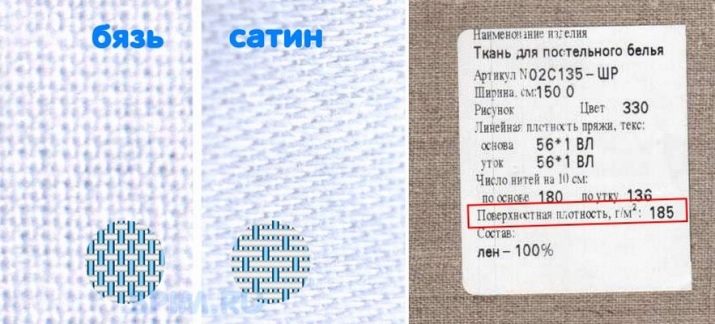
Superficial
This kind of density is called grammage.The value of this parameter is largely determined by the degree of twisting of the threads, the tightness of their fit, the methods of weaving. So, if we compare coarse calico of Russian origin and poplin from China, then by 1 cm2 poplin has more weight (with a lower grammage), since its threads twist more intensively.
The canvases are thinner and more durable. In other words, each particular fabric should be assessed in detail, taking into account all the nuances.
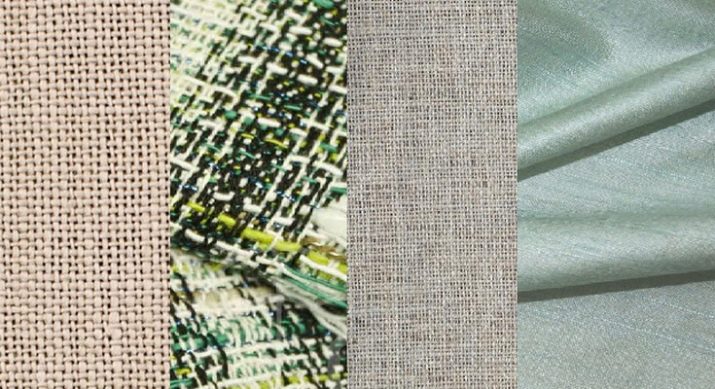
Density of different fabrics
Consider the parameters of various fabrics.
Calico
According to Russian GOST, coarse calico is the purest cotton. This is a well-known and popular fabric for bedding accessories, which has a traditional plain (cruciform) weave and rather thick fibers. The higher the density values (and the thinner the fibers), the higher the quality of the products.
Here are the degrees of density for coarse calico:
- 80 g / m2 - reduced (in terms of parameters it is similar to chintz, but in our country it is defined as sparse calico);
- 90-100 g / m2 - medium degree;
- 110-125 g / m2 - high quality and the most common;
- 130-160 g / m2 - a high degree, nowadays it appears infrequently, since a fabric with these values is excessively stiff due to frequent breaks at the points of intersection of fibers (most often such fabrics are used by medical institutions, railway organizations).
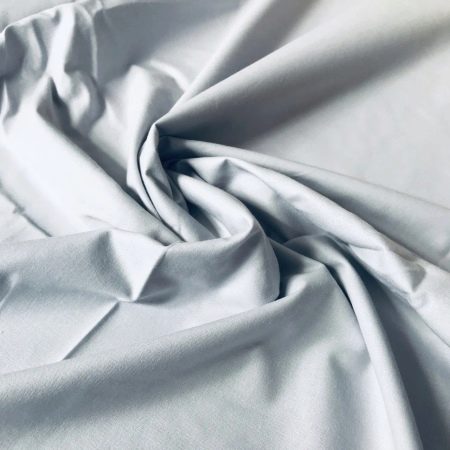
Calico kits are extremely practical and inexpensive. This is a perfectly suitable option for everyday use. There is no emphasis on softness here.
Ranfors
Ranfors (120 g / m2) is pure cotton. For its production, yarn is used from the best raw materials. During spinning, the threads are closely intertwined with each other, and the fabric, minimally covered with pile, comes out smooth and soft.
Ranfors has excellent strength and long service life, and its linear density values are much higher than that of other Russian weaves, despite their comparable weight. In this case, the manufacturing process takes place according to a high-tech scheme, with the use of mercerization (fibers are treated with an alkaline solution).
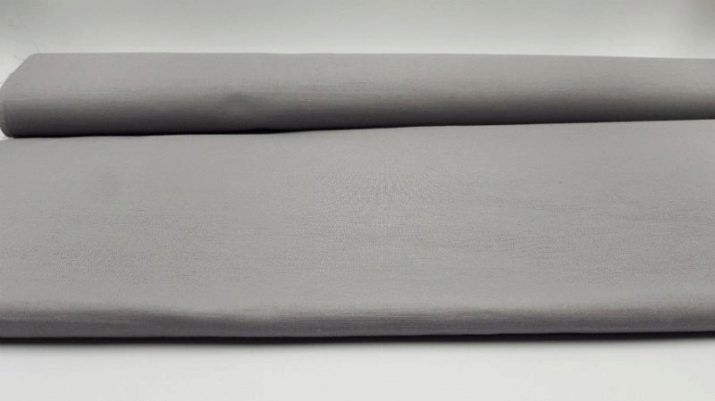
The result of this process is the fibers obtaining shine, increased strength, and better colorability.
Ranforce is elastic, soft and silky. It is much softer than ordinary coarse calico. The fabric retains decent strength characteristics and the required density. In terms of its quality indicators, it is excellently suited for making linen that is pleasant to the body. Nowadays ranfors has no analogues in the textile market.
Biomatin
Biomatin (no more than 120 g / m2) differs from other related fabrics in that during its production a special processing of fibers is used: they are impregnated with a hypoallergenic composition.
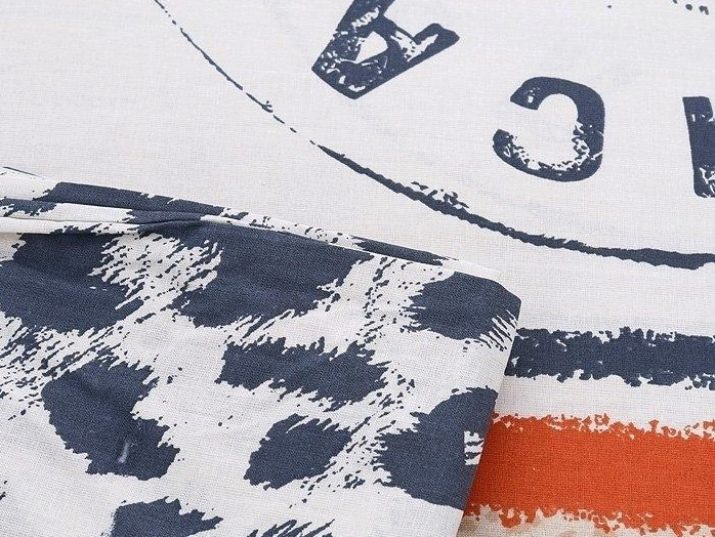
Poplin
Poplin (110-120 g / m2) is a fabric with weaving of fibers of various sections. Thin fibers are taken as the basis, and thick fibers for the weft, therefore characteristic small scars are formed on the surface of the material. The degree of twisting of the fibers in poplin is higher than in coarse calico, and in terms of tactile sensations it is softer and more pleasant. Such material costs much more than coarse calico. It is recommended to purchase Russian poplin. It is more dense than its foreign "relatives" and much better quality. When choosing a canvas, you should pay special attention to the colors.
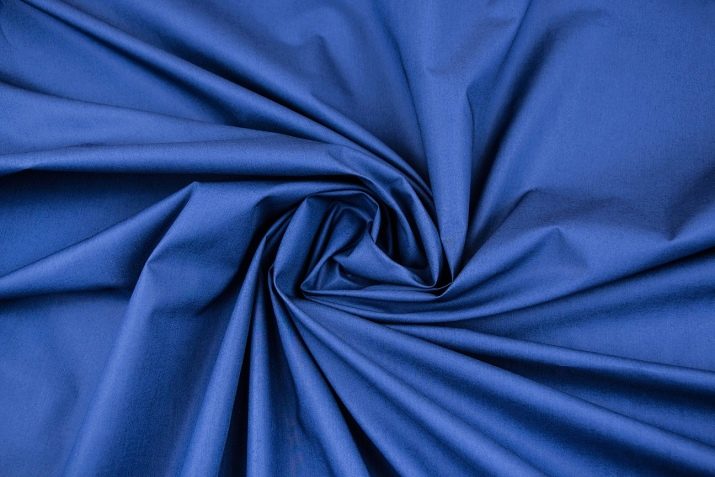
Satin
Structurally, satin (115-120 g / m2) is somewhat different from the previously considered positions, since one of the types of twill weaving with complex twisting of fibers is used here. Satin has a delicate, silky-shiny face, dominated by weft threads. The more intensely the fibers curl, the more satin shines. Its seamy part is mostly matte, and often with a slight hairiness, reminiscent of flannel products. Where intensive painting is required, the De Luxe satin grade (130 g / m2) is used.
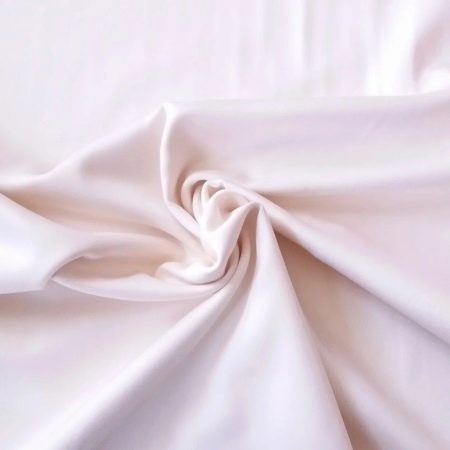
Satin jacquard
Satin-jacquard (135-145 g / m2) is used to produce products with protruding patterns obtained thanks to a special weaving of fibers.The material belongs to the elite category. Kits made of it have good softness, are very pleasant to the touch, hygroscopic, antistatic, look rich, but are quite expensive. The disadvantage of jacquard products is that it crumples quickly and is ironed from the wrong side and in a semi-damp state.
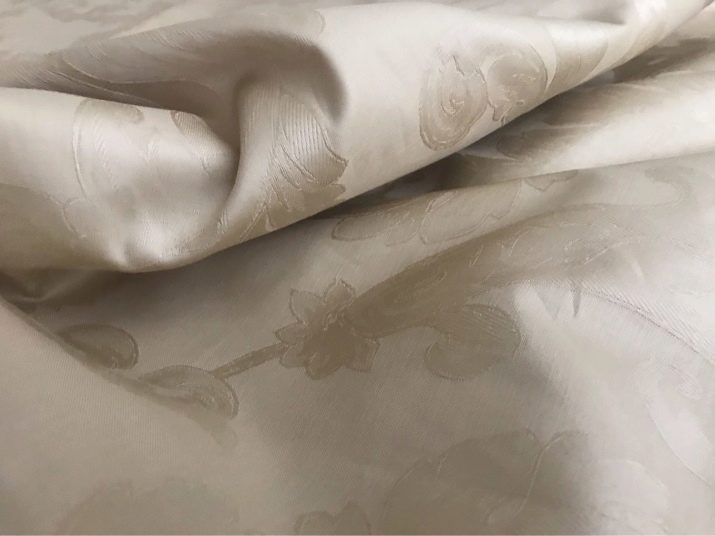
Silk
Silk products are the most expensive. When purchasing them, you need to be extremely careful: products from various brands differ sharply in quality indicators. Although silk was invented in China, Japanese firms have become the best producers of silk. However, the optimal quality is achieved by small IPs working manually. About 500 types of silk are produced in Japan (4 in Europe).
The density index of silk products is measured in Momme (mm). The higher the value, the higher the density. The density of silk is 6-30 mm. For production purposes, fabrics in the range of 16-21 mm are usually used. The working parameter is recognized as a value of 19 mm. The linear density of silk is high: its values reach 500 and more threads per m2.
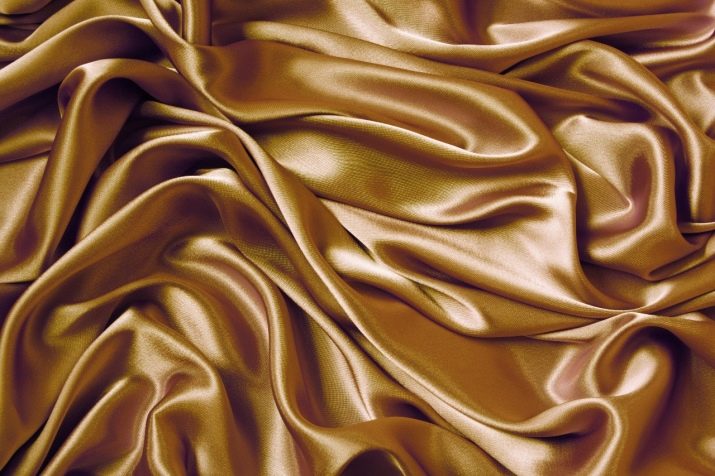
Linen
Linen products (125-150 g / m2) for bedding are the safest in an ecological sense. Flax is a plant that does not require pesticide spraying. The natural color scheme of linen fabrics will be grayish-beige, as well as ivory tones.
Unpainted linen fabrics resist the spread of bacteria, normalize the condition of the skin, and are hypoallergenic. Therefore, they will be useful for children with skin diseases and other ailments. Linen sets can cool the body on hot days, they are easy to wash and dry quickly. But such linen wrinkles, does not iron well, and is somewhat harsh when compared with cotton fabrics.
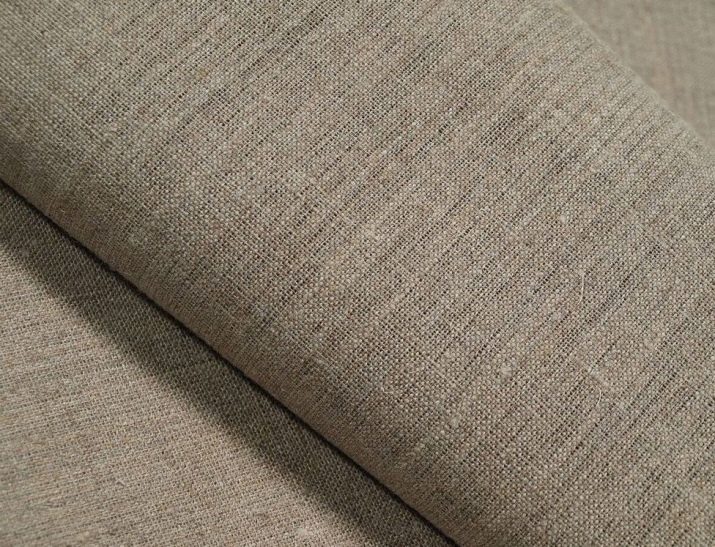
The cost of the kits is moderately high. In terms of colors, mixed materials look decent, for example, 30% linen and 70% cotton. This combination is both cheaper and softer in feeling.
Bamboo
Bamboo sets (110-150 g / m2) are silky and shine iridescently. Hygroscopicity and quick drying are their essential qualities. They have an antibacterial effect and do not absorb odors. The cost of bamboo products is comparable to the cost of satin-jacquard, but they are more capricious in care. Washing is recommended exclusively at 30 degrees, washing with powder for colored laundry, and spinning should be done only by hand.
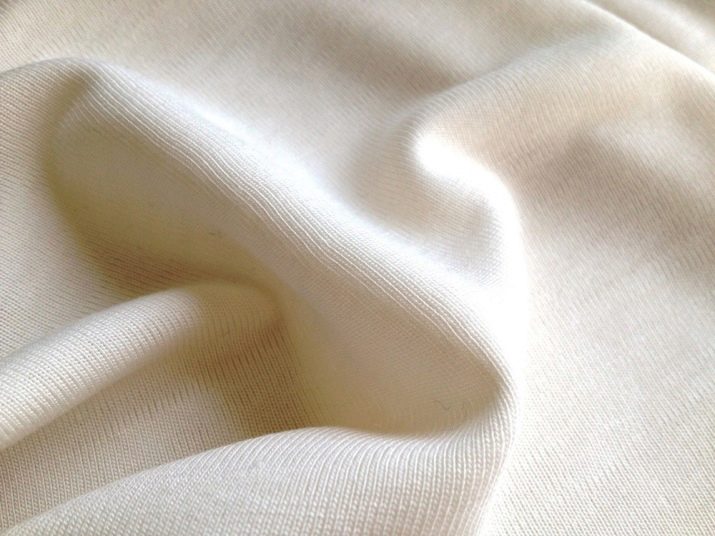
It is not recommended to bleach bamboo fabrics.
Tencel
Tencel (75-150 g / m2) is a silky fabric made using sophisticated nanotechnology from elite eucalyptus cellulose raw materials. The canvas is environmentally safe, hypoallergenic, soft, and has bacteriostatic qualities, which is important for users with overly sensitive skin. Fabrics are expensive, can be adjusted to temperature conditions, and are hygroscopic. However, they quickly deform when wet, stretch or shrink.
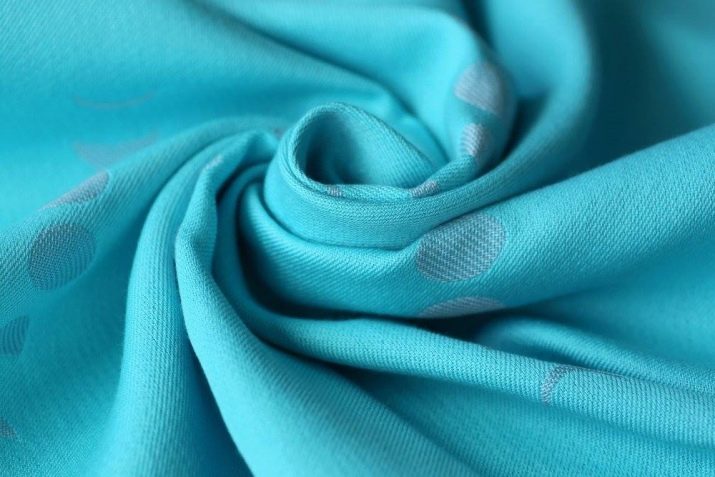
Tencel must be protected from the influence of direct ultraviolet radiation, stored in well-ventilated places, washed exclusively with liquid formulations, and ironed from the inside out. There are many rules for caring for such an unusual linen, but if you follow them, you can use this wonderful linen for your pleasure.
Other types of fabrics
Much less often, rather thin fabrics are used for the manufacture of bed linen, for example, chintz, cambric and others. There are many fictitious names such as luxury satin or microfiber. It is noteworthy that each manufacturer, for example, luxury satin, interprets this name in its own way. But microfiber, known to us from synthetic terry rags, in linen sets can turn out to be a simple and absolutely non-breathable polyester fabric. For this reason, it is worth paying more attention to the selection of products, especially when this or that name does not tell you anything.Think of these facts as basic advertisements from manufacturers to entice buyers.

Important: the density indicators of fabrics are often reflected on the labels, where they are given in the table.
How to choose bedding by density?
To determine the density, you should understand the intended purpose of the product, take into account for whom it is chosen. Only then the density of this or that canvas will become relevant for selection. Let's take a look at some helpful tips.
- For newborn babies, you should choose softer products. These will be delicate canvases with medium density. They must be breathable and hypoallergenic. Children grow up quickly, and the durability of products does not play a special role here. Hence it follows that soft flannel and slightly loose chintz are quite suitable.
- For babies from one year old, coarse linen or poplin is suitable. They can last longer, and the paints will remain in their original form.
- For older children and adults with skin problems, kits made of natural materials will fit. They have a silky smooth surface and are non-irritating, but expensive. The best choices are linen, bamboo, eucalyptus and cotton.
- For everyday use, linen, satin and poplin fabrics with medium to high density of fibers will be the best options. They must be durable, successfully tolerate regular washings, and retain color under the influence of ultraviolet radiation.
- For use in the country, dense and bright canvases, easy to clean, are suitable. Here we focus on sets of ranforce, coarse calico and poplin.
- An expensive and dense jacquard set, as well as linens made of natural silk, percale or tencel with rich colors, can be an excellent gift for newlyweds, heroes of the day, birthday people.
